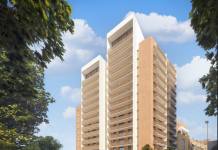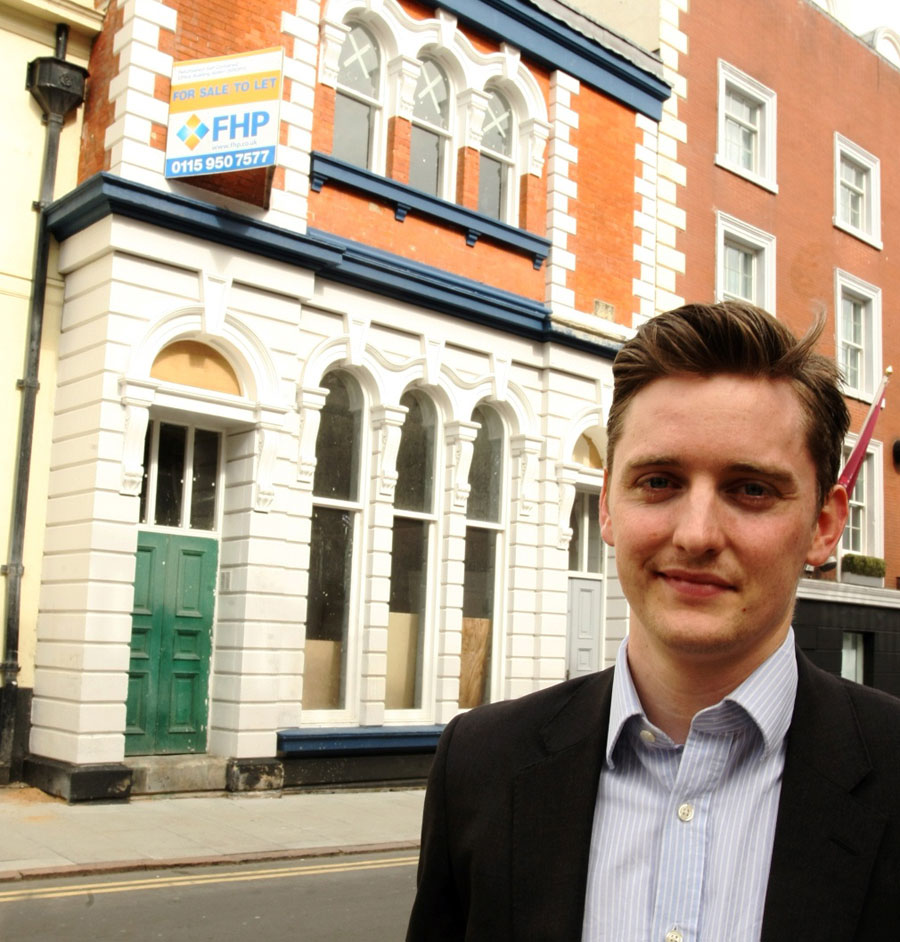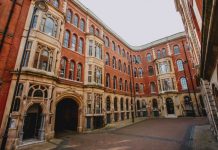There’s no question that the plans for a Creative Quarter in Nottingham represent a major opportunity to develop the city centre economy. This is more than just a fashionable badge. There are multi-million investment funds available to creative businesses which can show how they’ll grow, support for training, and talk of business rate incentives.
And all of it managed by a Creative Quarter company which is there to help businesses succeed.
Perhaps most significant of all, the area covered by the Creative Quarter – the Lace Market, Hockley and the areas adjoining them – can lay claim to a creative heritage, all the way from historic lace-making through to the presence of digital media, film and TV, architects and engineers today.
So, time for landlords to dust off those vacant offices and open the doors again? Not quite: the key to accommodating creative businesses and the services that support them is in having the right kind of offices available.
It’s often said that small, creative companies – especially those in the tech sector – aren’t too fussy about the environment they work in.
That’s not quite right. True, traditional corporate offices are not their style… but neither are suspended ceilings, chipboard partitions, strip lights and contract carpeting. They need simple but stylish rather than basic and cheap.
When creative companies say they don’t mind working in an old building that’s exactly what they mean: character, heritage, with a stripped-out environment typically characterised by exposed brickwork, beams, Victorian pipe-work and wood floors.
But that must be accompanied by excellent technological infrastructure: fast and robust broadband and telephony, good lighting that helps create the right atmosphere, carefully chosen colours. Stripping out the boards, partitions, ceilings and carpets that have defined your average office for years may go against the grain for some landlords.
But the signs are that this approach could be key for some of the businesses who like the look of Hockley and the Lace Market.
For evidence, look no further than the brave step Spenbeck director Victoria Stevenson took with the Courtyard, the old mill on the corner of Broadway and St Mary’s Street.
Mothballing the building rather than investing in it would have been entirely understandable in the current climate, but our market intelligence told us that the demand was out there – provided the office environment was right.
Armed with our advice, Spenbeck took the plunge and brought the building back to life in a way that brought out its character but delivered state-of-the-art infrastructure, period features combined with a dedicated fibre optic line.
The result? Leases on six of the suites in the building involving four tenants. We shouldn’t be surprised, though – Spenbeck has been active in the Lace Market for years and understands how it works.
The digital agency Distinction, insurance data firm Insurance Initiatives, ticket agent Gigantic and recruitment firm EMEA are among a number of lettings in the Creative Quarter recently. Others include Tank PR, T3 Retail and Flame Healthcare.
Some are businesses who have been biding time in serviced offices nearby, others have moved in from outside the city.
Another opportunity for these businesses is coming on to the market in the shape of 4 George Street, in Hockley. It has been undergoing a full-scale refurbishment and will offer up to 5,000 sq ft to creative businesses looking to take their next step on the property ladder.
My feeling is that there is going to be plenty of competition for the space in this well-located building.
Why? Some small but encouraging signs of economic confidence are emerging. Our view is that the demand is there, with a number of growing businesses probably ticking over on monthly agreements in what are, for them, workmanlike but pretty sterile environments.
These businesses won’t spend fortunes on statement buildings, but they will be attracted by a simple, character property which they can put their own stamp on.
The challenge the Creative Quarter faces at the moment is that there’s a mismatch between what occupiers want and the property available.
There are plenty of buildings which tick the character box, but too many traditional interiors. That might make for a low rent, but our experience is that this isn’t enough for a creative business. Stripping out a building and lettings the character and period features speak for themselves is probably a better bet.
The Creative Quarter initiative has the capacity to be something big for Nottingham. But it needs to send out a clear message about who it wants to attract and how it’s going to support them. When that happens we could get very busy indeed.
Mark Tomlinson is a surveyor with the Nottingham property consultancy FHP






















